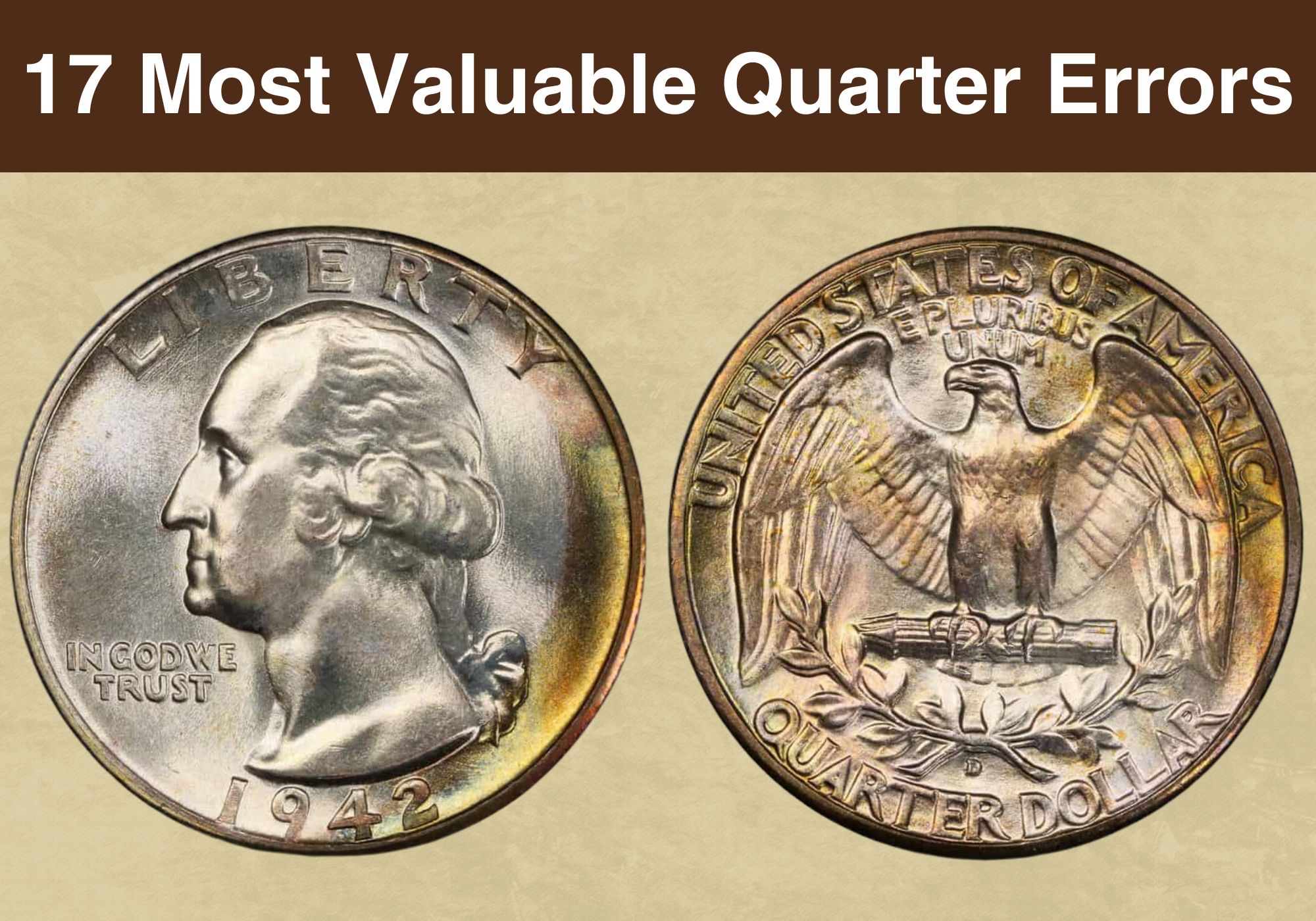
You might not know much about coins and the people who collect them. But once in a while, you may hear about a penny or a dime that sold for millions of dollars, and it may pique your curiosity. So let’s get you familiar. Apart from the rarity, type, year, and condition of the coin, errors can pleasantly raise prices. Let’s create a most valuable quarters list as we learn more.
Most Valuable Quarter Errors List
1. 2004-D Wisconsin Quarter Extra Leaf Low Business Strike
First, let’s talk about quarters in general. Since 1932, they’ve had George Washington on the obverse (that’s the heads side), though none were minted in 1933. It’s an important coin for various reasons. Commercially, it’s the most commonly used coin for everyday transactions.
- Year: 2004
- Series: State Quarters
- Mint Mark: Denver
- Error: Extra Leaf Low
- Grade: MS 67
- Date of Sale: 12th January 2020
- Price: $6,000
But this 25c coin – which is a quarter of a dollar (hence its nickname) – holds symbolic importance too. Washington was the 1st US President and is still among the most popular ones. So his coins are often used to commemorate landmark events and celebrate key people.
Check 2004 Quarter History, Variety Price Chart & Errors List
2. 1822 Capped Bust Quarter 25/50c Regular Strike
Some of the milestones marked on Washington Quarters include American Women (2022 onward), the 50 US States (1999 to 2008), DC + the 5 US Territories (2009), and America’s National Parks (2010 to 2021). These were always featured on the tails side of the 25c coin.
- Year: 1822
- Series: Capped Bust
- Mint Mark: None (Philadelphia)
- Error: Denomination Struck Twice – 25c over 50c
- Grade: MS 66
- Date of Sale: 1st April 2009
- Price: $184,000
Now let’s get into coin errors. The most valuable ones are mistakes that happen at the mint while the coin is originally being made. Recognized errors are listed in books, and you can send your coin to an appraisal agency to have it verified and priced based on its main flaw.
Check 1822 Quarter History, Variety Price Chart & Errors List
3. 2004-D Wisconsin Quarter Extra Leaf High Regular Strike
Around 20 coin mistakes are acknowledged by industry experts. And on certain years and denominations, these errors are familiar. We’ll go over some common ones, explaining what they’re called and how they happen. Since some are so valuable, people counterfeit them too!
- Year: 2004
- Series: State Quarters
- Mint Mark: Denver
- Error: Extra Leaf High
- Grade: MS 66
- Date of Sale: 7th July 2006
- Price: $2,530
First, a primer on how coins are made. The designer makes an 8” model called a galvano that is shrunk to the right size at the mint. This is used to make a master hub and master dies that are struck onto blank discs called planchets. The planchets have specific metal compositions.
Check 2004 Quarter History, Variety Price Chart & Errors List
4. 2000-P Maryland Quarter Muled with Sacagawea Dollar
Because every coin has a particular diameter, thickness, and metal mix, planchets sheets are fed into a blanking machine where they’re punched into little circles. The relevant obverse and reverse dies strike each planchet at least once to transfer the designated design onto it.
- Year: 2000
- Series: State Quarters
- Mint Mark: Philadelphia
- Error: Mule – Maryland Quarter Obverse with Sacagawea Dollar Reverse
- Grade: MS 67
- Date of Sale: 21st March 2018
- Price: $192,000
Coin errors happen if the wrong die is used on the wrong planchet, if the imprint doesn’t get stamped correctly, if the planchet is somehow incomplete, etc. Sometimes, the error happens on the die and is then copied onto all the coins that were made using that same damaged die.
Check 2000 Quarter History, Variety Price Chart & Errors List
5. 1828 Capped Bust Quarter 25/50c Regular Strike
Let’s begin with doubled die errors. These happen when the second hub strike hits a slightly different part of the die, causing the writing (i.e. mottos and legends), numbers (i.e. the mint date) or the image (aka the device) to be doubled. You’ll see the earlier imprint underneath.
- Year: 1828
- Series: Capped Bust
- Mint Mark: None (Philadelphia)
- Error: Denomination Stamped Twice – 25c over 50c
- Grade: MS 67+
- Date of Sale: 15th November 2013
- Price: $352,500
This creates a sort of double-vision or blurred effect that gets copied on every coin that die strikes. If the mistake is on the heads side, it’s a DDO or Doubled Die Obverse. For tails, it’s a DDR or Doubled Die Reverse. You can also get triple or quadruple errors e.g. TDR, QDO, etc.
Check 1828 Quarter History, Variety Price Chart & Errors List
6. 1918/7-S Overdate Full Head Standing Liberty Quarter
Usually, different dies are used for the obverse and reverse of a coin, so every coin design comes in pairs. But sometimes, the front die of one coin is combined with the back die of another coin. This can cause a variety of big mint mistakes. One example is a mule error.
- Year: 1918 over 1917
- Series: Standing Liberty
- Mint Mark: San Francisco
- Error: Overdate – 1918/7
- Grade: MS 64+ FH
- Date of Sale: 17th September 2020
- Price: $336,000
That’s when different denomination designs appear on the same coin e.g. a penny obverse on a dime reverse. A less dramatic mistake is when the front die is from one year, say 1998, and the back die is from another year, e.g. 1999. That’s written as 1998 obverse on 1999 reverse.
Check 1918/7 Quarter History, Variety Price Chart & Errors List
7. 2009-D District of Columbia DDR Quarter Business Strike
Another mint mistake is planchet-based, and there are multiple types. A coin might be struck on a blank with the wrong metal e.g. a clad coin struck on a gold or silver planchet. Or it may be struck on the wrong size and denomination, such as a nickel struck on a Half Dollar blank.
- Year: 2009
- Series: DC and Territories
- Mint Mark: Denver
- Error: Doubled Die Reverse
- Grade: MS 66
- Date of Sale: 10th July 2014
- Price: $3,055
This mint mistake is sometimes mistaken for a double denomination error. That’s when a coin that’s already completed goes through the mint again and is imprinted with the design of another coin. For example, a penny might be re-struck with the portrait of a Half Dollar.
Check 2009 Quarter History, Variety Price Chart & Errors List
8. 1891 Seated Liberty Quarter MPD Regular Strike
For clad coins, part of the coating may be missing, creating a two-tone coin. The die itself can also cause mint errors. If the die or planchet moves between strikes, it causes an overstrike, off-center, or overlapping multi-strike. A portion of the imprint overshoots the coin’s collar.
- Year: 1891
- Series: Seated Liberty
- Mint Mark: None (Philadelphia)
- Error: Misplaced Date
- Grade: MS 64
- Date of Sale: 2nd August 2017
- Price: $1,058
On the other hand, a foreign object might slide between the die and the planchet, leaving traces of its presence on the completed coin. This causes a strikethrough. It can be quite valuable if you can identify and even find the original contaminant that created the mistake.
Check 1891 Quarter History, Variety Price Chart & Errors List
9. 1999-P Susan B. Anthony $1 Struck on a 1999 Georgia Quarter
Dies can be used thousands of times before they’re replaced. Their rate of use depends on the metal and the coin design. Harder metals punish the dies more, so they wear out faster. And detailed coins need extra strikes for every coin, so they get re-used and replaced more often.
- Year: 1999
- Series: State Quarters
- Mint Mark: Philadelphia
- Error: Wrong Planchet – SBA $1 Struck on a Quarter
- Grade: MS 63
- Date of Sale: January 2009
- Price: $10,925
As these dies get older, they develop cracks and flaws called cuds that sometimes transfer onto the planchet. Other times, mint workers re-polish or re-sculpt the dies to fix the damage and end up accidentally erasing some design details e.g. on 3-and-a-half leg Buffalo Nickels.
Check 1999 Quarter History, Variety Price Chart & Errors List
10. 1983-P Spitting Eagle Type 2 Clad Quarter Business Strike
One funny error category that’s easy to spot is the Doubled Eye or Doubled Ear. It’s a DDO (Doubled Die Obverse) where the second strike distorts the portrait – technically known as the device. So the image ends up with a double-vision eye or ear, just as the name explains.
- Year: 1983
- Series: Washington Quarter
- Mint Mark: Philadelphia
- Error: Die Clash – Spitting Eagle
- Grade: MS 66+
- Date of Sale: 13th March 2018
- Price: $504
But most of the time, DDRs, DDOs, QDRs, etc. are most visible on the legends, mottos, and dates of the coin. They’re different from mechanical doubling aka machine doubling, where the die was made correctly, but the blank shifted between strikes causing a double or triple.
Check 1983 Quarter History, Variety Price Chart & Errors List
11. 1976-D Bicentennial Quarter (1776-1976) DDO Regular Strike
How can you distinguish die doubling from planchet doubling aka shelf doubling? Ordinary people might not know how, so you can check numismatic references, websites, or appraisal companies. These experts have information about specific dies so they can confirm the facts.
- Year: 1976
- Series: Bicentennial Quarter
- Mint Mark: Denver
- Error: Doubled Die Obverse
- Grade: MS 66
- Date of Sale: 7th May 2023
- Price: $8,400
Modern coins rarely have mint errors though, since most of the processes are automated. Even the design is done digitally on a computer before feeding it into hub and die makers. The coins are only stamped once by steel dies so there’s no chance of doubling or tripling.
Check 1976 Quarter History, Variety Price Chart & Errors List
12. 1970-D Quarter DDO Type 2 Regular Strike
The US made its first-ever coins in 1792. At the time, the US Mint only had one branch in Philadelphia. But over the years, other branches opened so coins were stamped with initials to show which branch made them. These included D for Denver or CC for Carson City Mint.
- Year: 1970
- Series: Washington Quarter
- Mint Mark: Denver
- Error: Doubled Die Obverse
- Grade: MS 65
- Date of Sale: 3rd January 2012
- Price: $2,875
In the early days, the mint marks were placed by hand using a puncheon. So you might find one placed on top of another, with the earlier one peeping out underneath. That’s called an RPM or re-punched mint mark. The error is recorded as D/D or S/S (S over S or D over D).
Check 1970 Quarter History, Variety Price Chart & Errors List
13. 1892 S/S RPM Barber Quarter Business Strike
Alternatively, a mint mark might be punched on top of an existing mint mark from another mint, such as D/S (D over S). This happened when excess blanks from one mint were taken to another branch for recycling since the mint mark was often the last detail added to a coin.
- Year: 1892
- Series: Barber Quarter
- Mint Mark: San Francisco
- Error: Repunched Mint Mark
- Grade: MS 64
- Date of Sale: 30th October 2018
- Price: $1,440
That error is sometimes called OMM or over mint mark. If this happened with two dates e.g. 1941 over 1942, that’s an overdate, recorded as 1941/2. Occasionally, mint marks and dates were struck too high or low i.e. a misplaced mint mark (MM) or a misplaced date (MPD).
Check 1892 Quarter History, Variety Price Chart & Errors List
14. 1957-D Misplaced MM Quarter Regular Strike
When coins are being made, a type of conveyor belt system to pushes the planchets into position. They go through the upsetting machine to raise their rims before they’re led toward the dies. Finally, they go through the incusion machine if their edges (thin sides) need reeds.
- Year: 1957
- Series: Washington Quarter
- Mint Mark: Denver
- Error: Misplaced Mint Mark
- Grade: MS 66+
- Date of Sale: 14th July 2021
- Price: $1,860
Sometimes, a stamped planchet gets stuck on the die, blurring the coin below. They’re called die cap errors (on the stuck coin) or brockage errors (on the obscured side of the coin). Also, when two coins get mashed together like that, one of them might curve out i.e. cupped error.
Check 1957 Quarter History, Variety Price Chart & Errors List
15. 1990-S Proof Deep Cameo DDO Quarter
In situations where coins are capped or blocked, the damaged coins might get stuck together. They’re referred to as bonded coins and may be sold as a pair or a set. These coins will often have part of the design on one coin while the rest is on the other coins. Some parts are blank.
- Year: 1990
- Series: Washington Quarter
- Mint Mark: San Francisco
- Error: Doubled Die Obverse
- Grade: PR 70 DCAM
- Date of Sale: 4th January 2017
- Price: $7,050
Also, on coins with misalignment (i.e. where the die or the planchet moves between strikes), the error is typically described by explaining the angle or percentage of the movement. You’ll see it listed as a 90% or 5% misalignment, for example. Blanks can also be sliced or clipped.
Check 1990 Quarter History, Variety Price Chart & Errors List
16. 1943 DDO Quarter Business Strike
We’ve noted that the thinnest side of a coin – the part that you flip – is called its edge. And most coins have a raised border called a rim or collar. These days, the rim is made by an upsetting machine. In the past, the mint used a three-piece detachable collar to make them.
- Year: 1943
- Series: Washington Quarter
- Mint Mark: None (Philadelphia)
- Error: Doubled Die Obverse
- Grade: MS 67
- Date of Sale: 22nd March 2020
- Price: $22,250
The rim is important because it helps the coin maintain its shape during striking. It ensures the uniform size and weight of the coin, which guarantees the consistency of its value. If the collar separated too soon, part of the metal spilled over aka a broadstrike or partial collar.
Check 1943 Quarter History, Variety Price Chart & Errors List
17. 1942-D DDR Quarter Regular Strike
What causes a coin to leave the mint with blank surfaces? Several possibilities exist. It could be a die cap or brockage that left the middle surface unstamped. Or a die adjustment where the striking die was too weak to fully imprint. It helps them find the right pressure settings.
- Year: 1942
- Series: Washington Quarter
- Mint Mark: Denver
- Error: Doubled Die Reverse
- Grade: MS 66+
- Date of Sale: 16th November 2012
- Price: $8,225
It could be a misalignment where the coin entered and exited the press at an angle so only part of its surface got struck. Or it could be a bonded or mated pair where the two outer sides were struck. It could even be a foldover, where the blank landed vertically and got smashed.
Check 1942 Quarter History, Variety Price Chart & Errors List

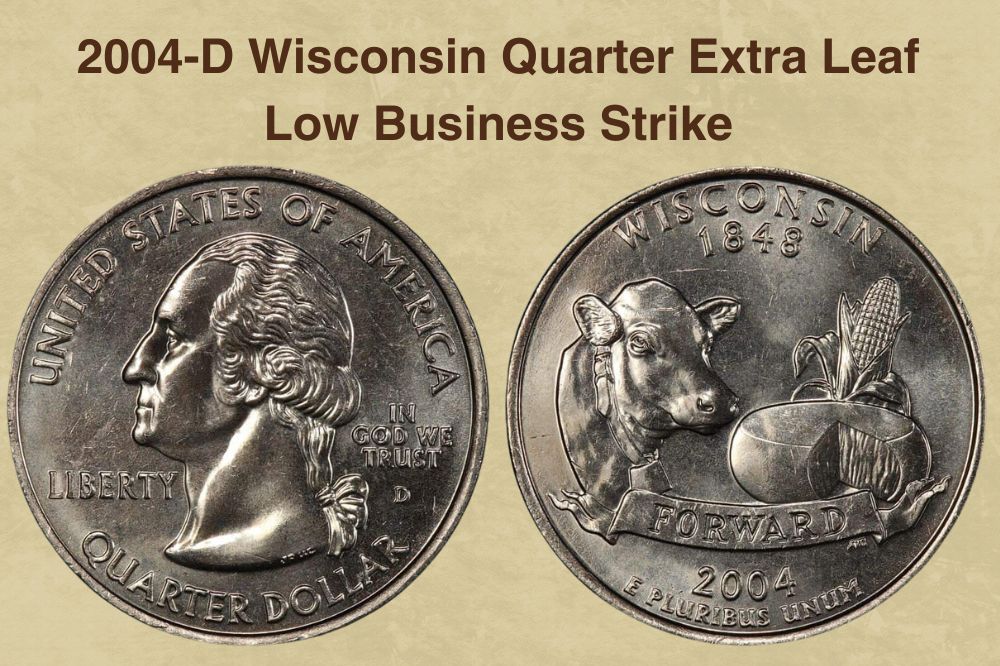
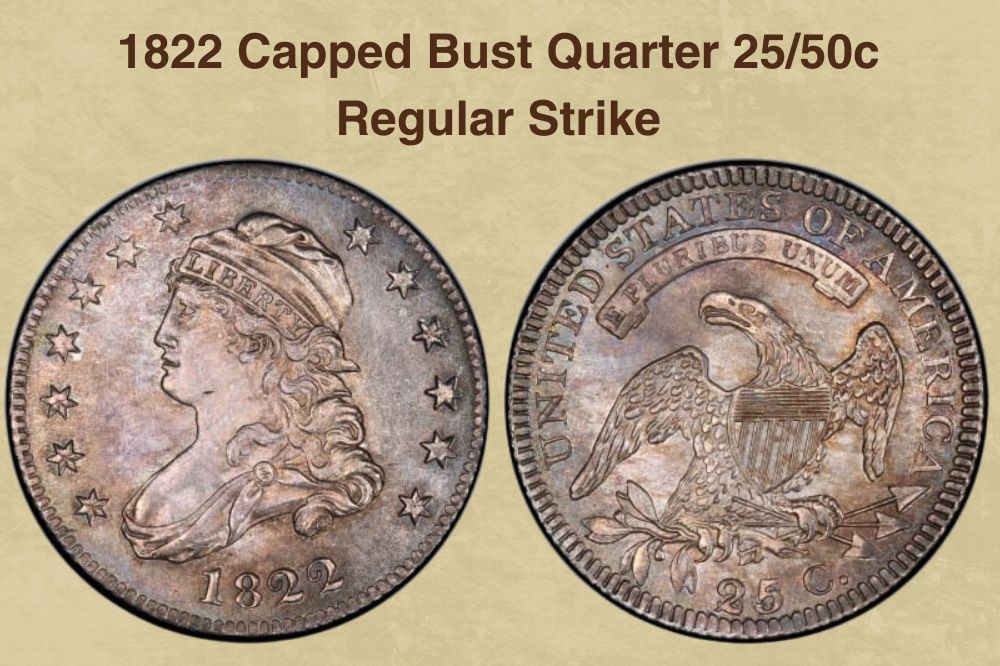
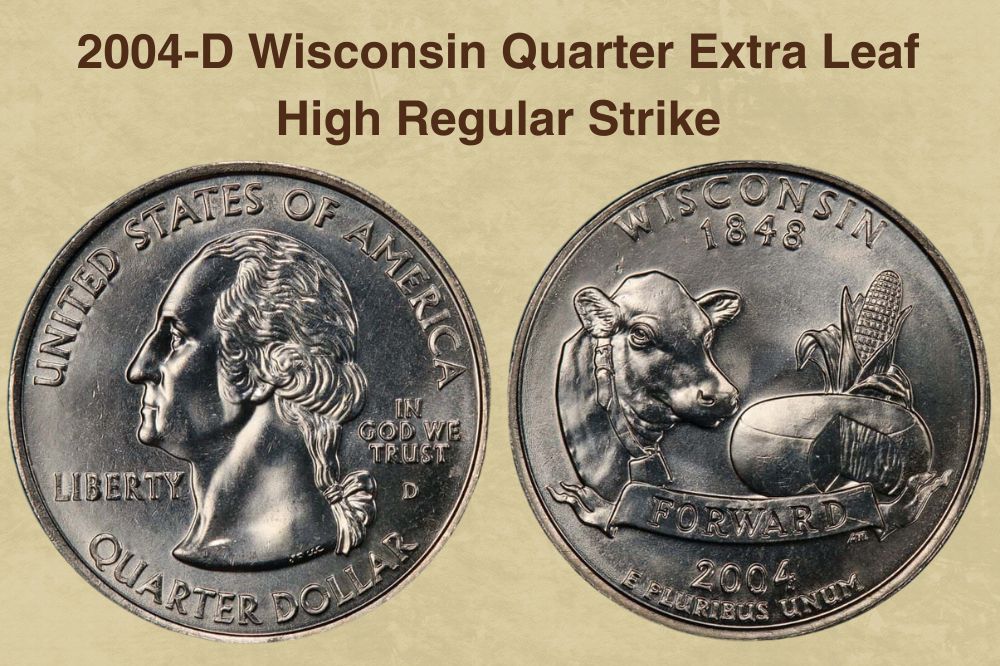
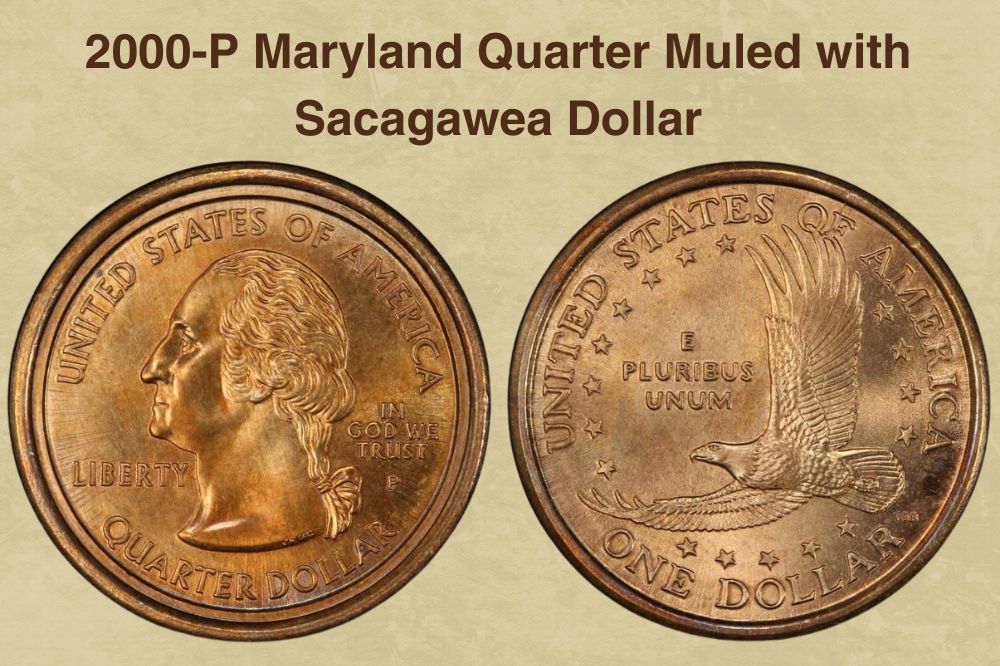
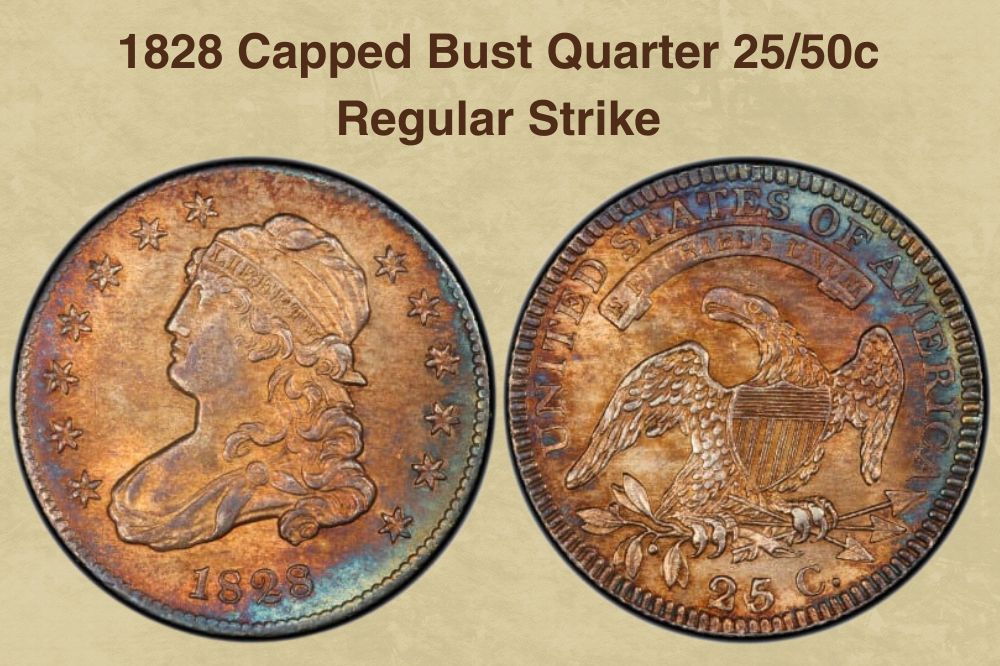
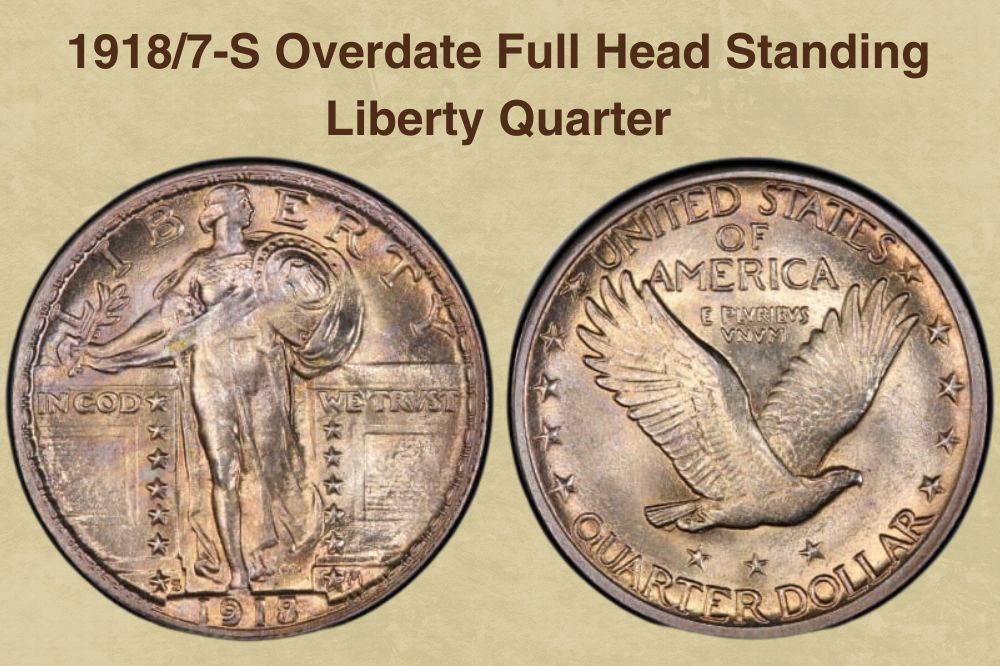
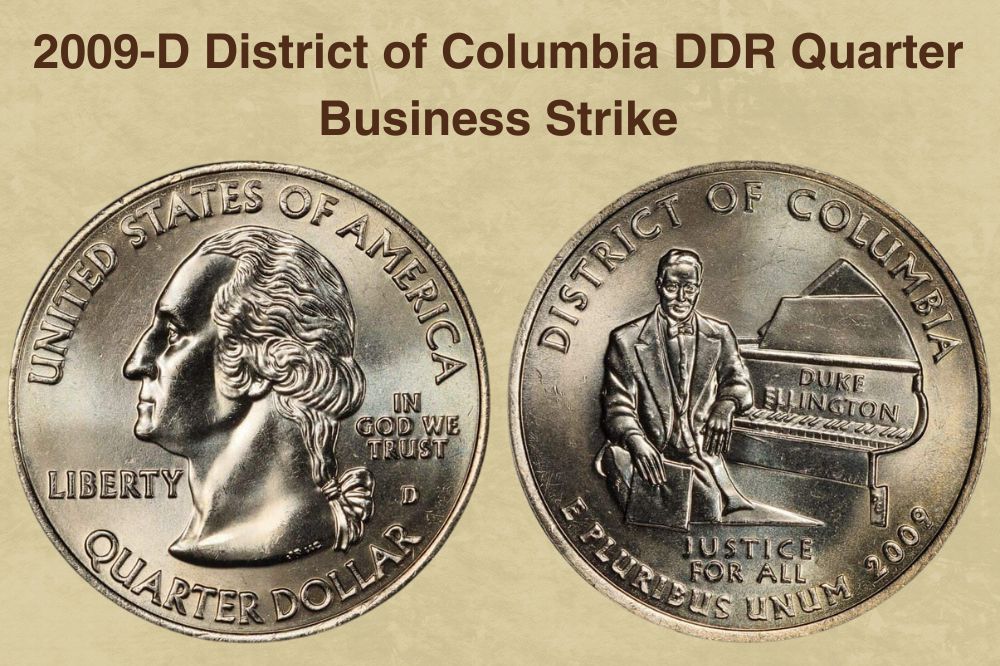
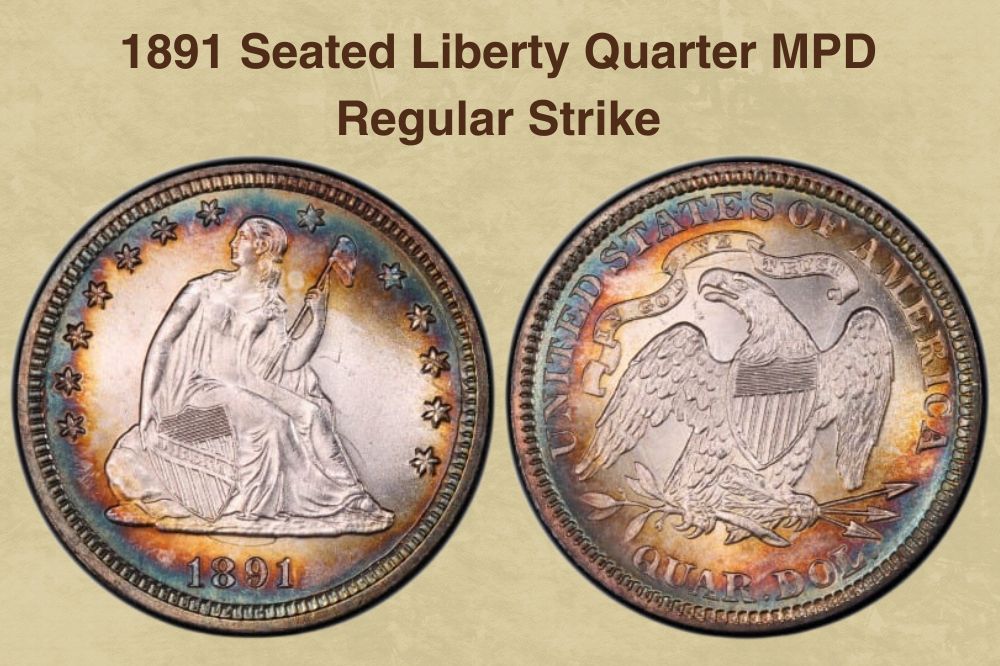
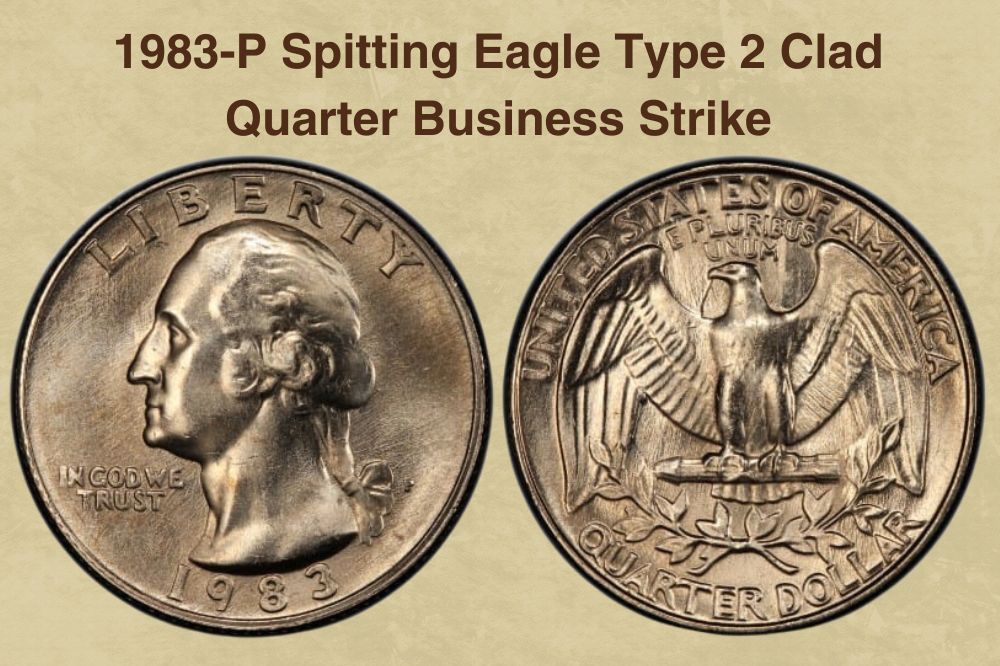
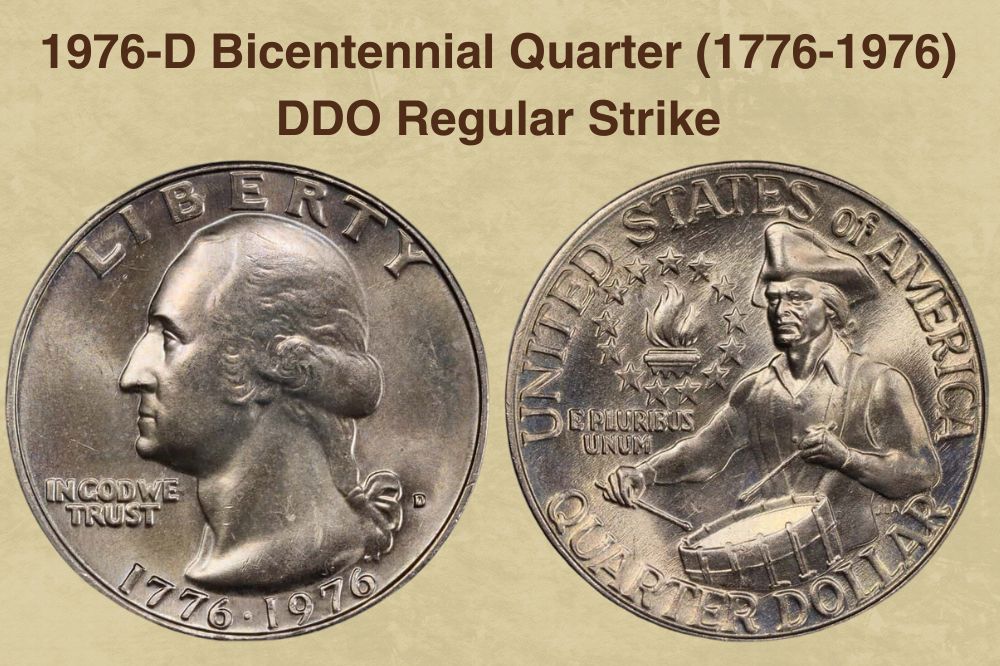
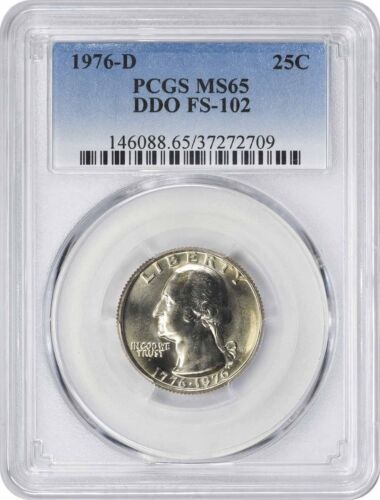
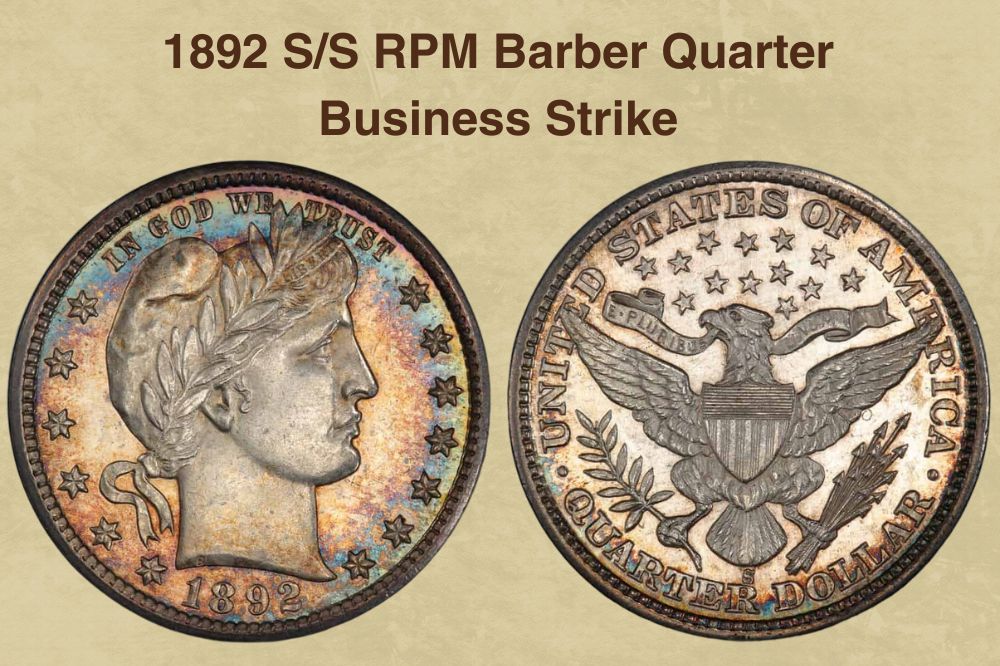
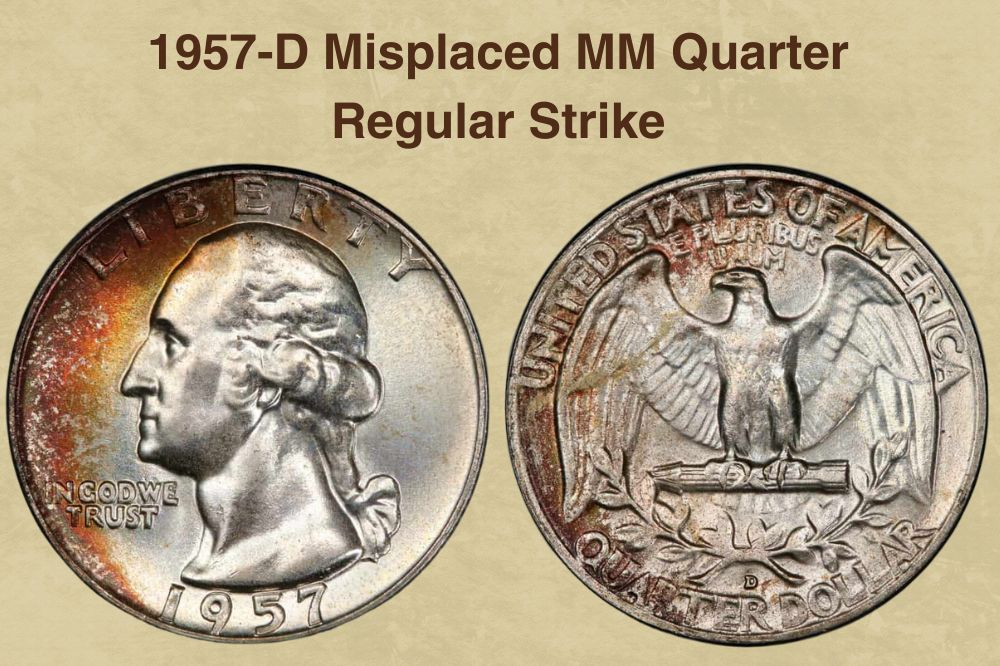
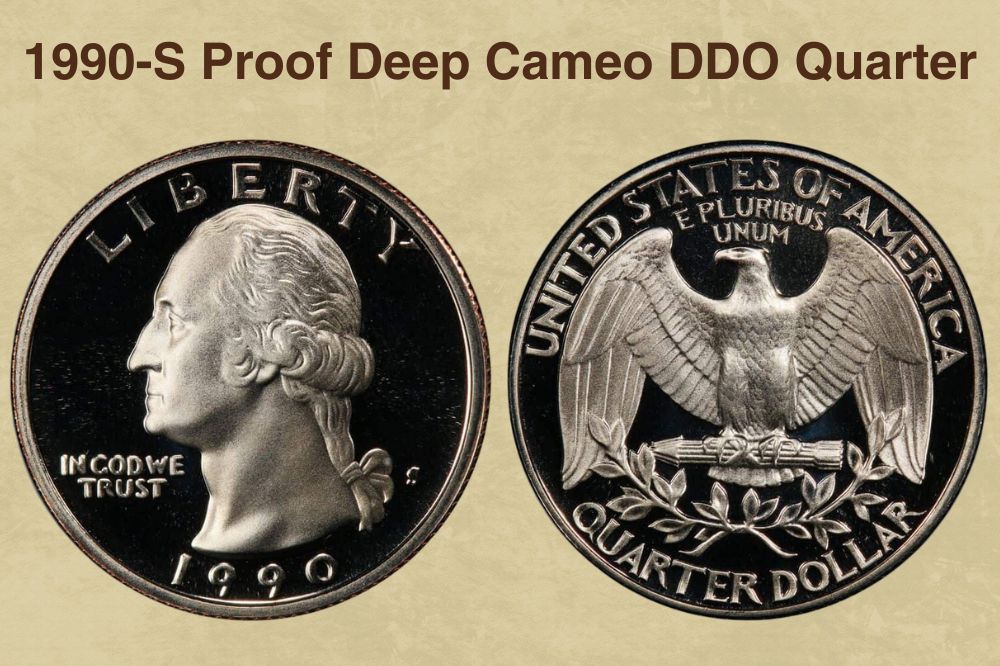
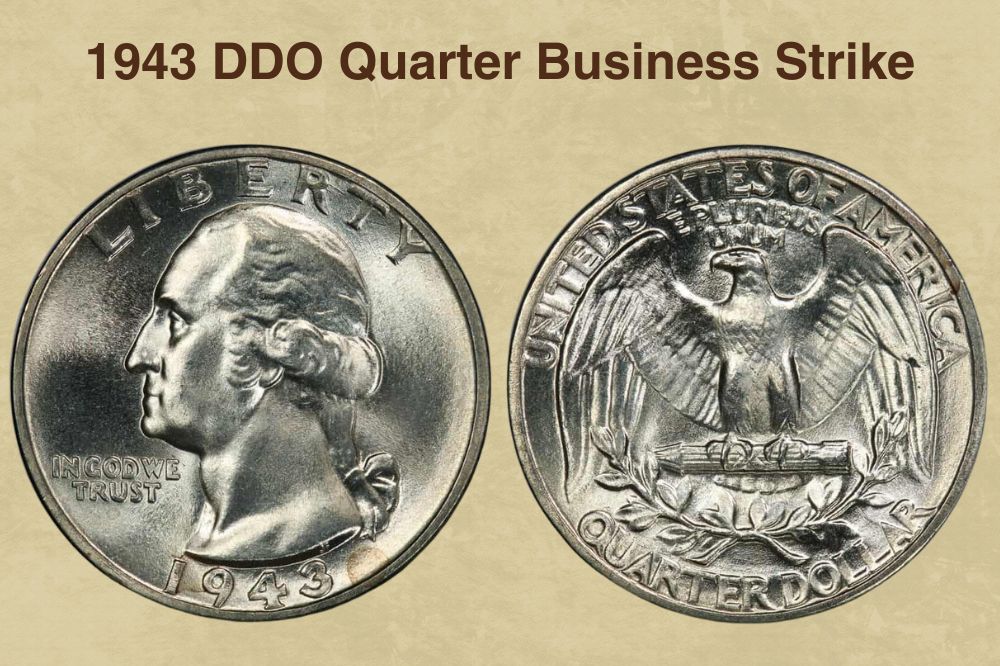
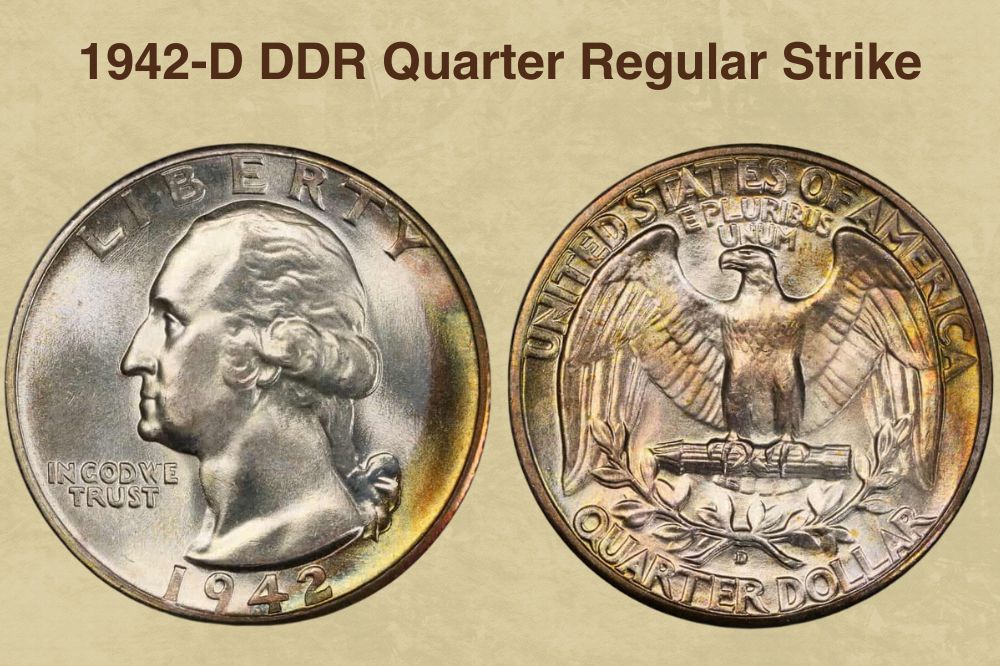
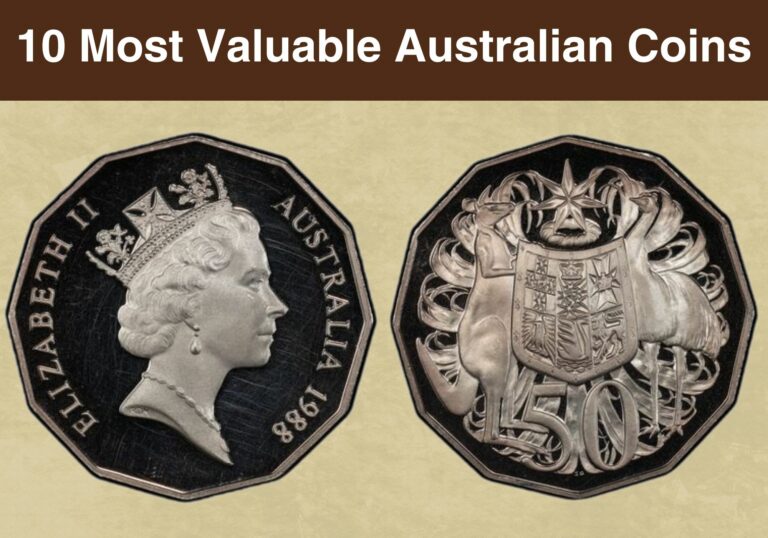
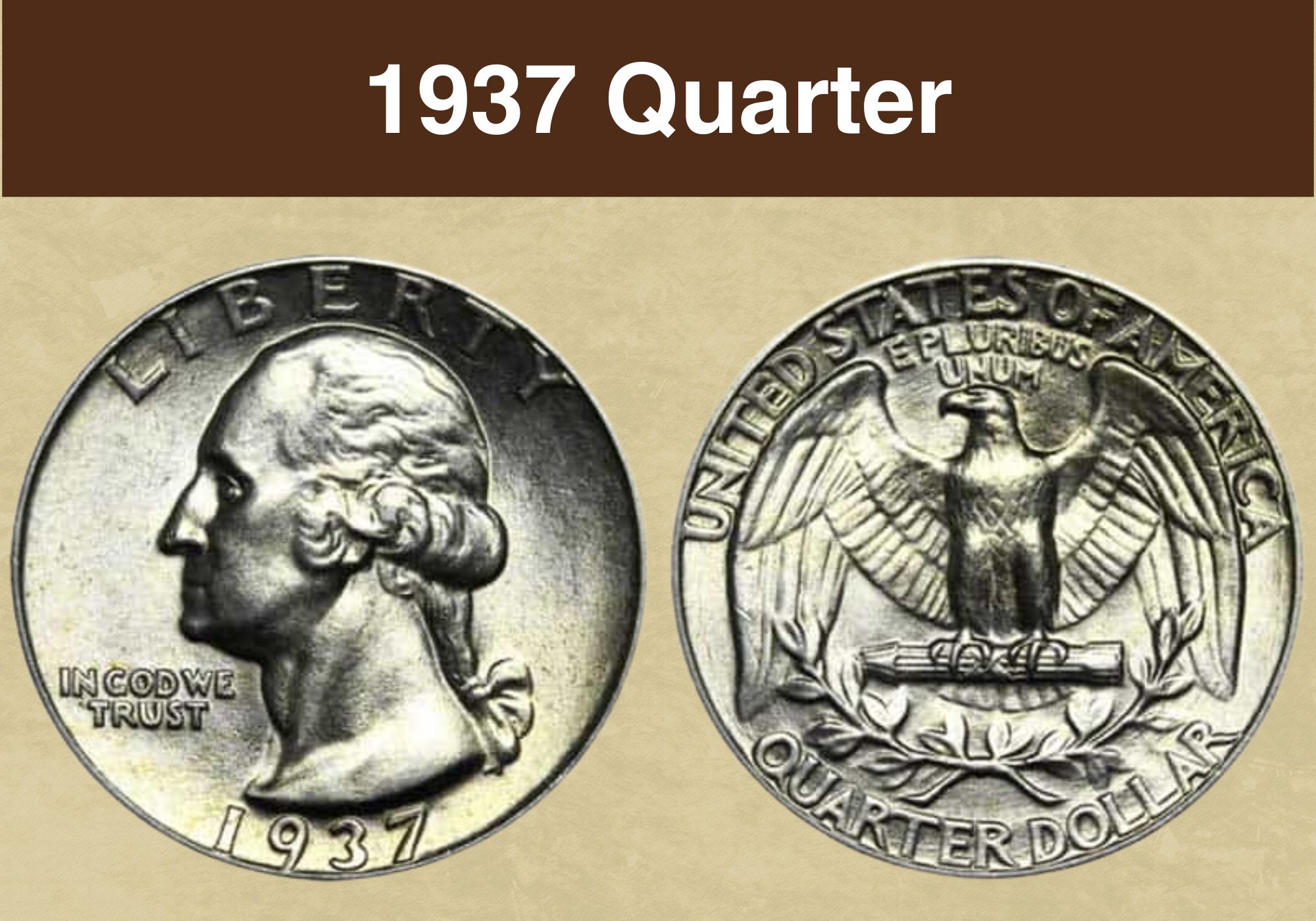
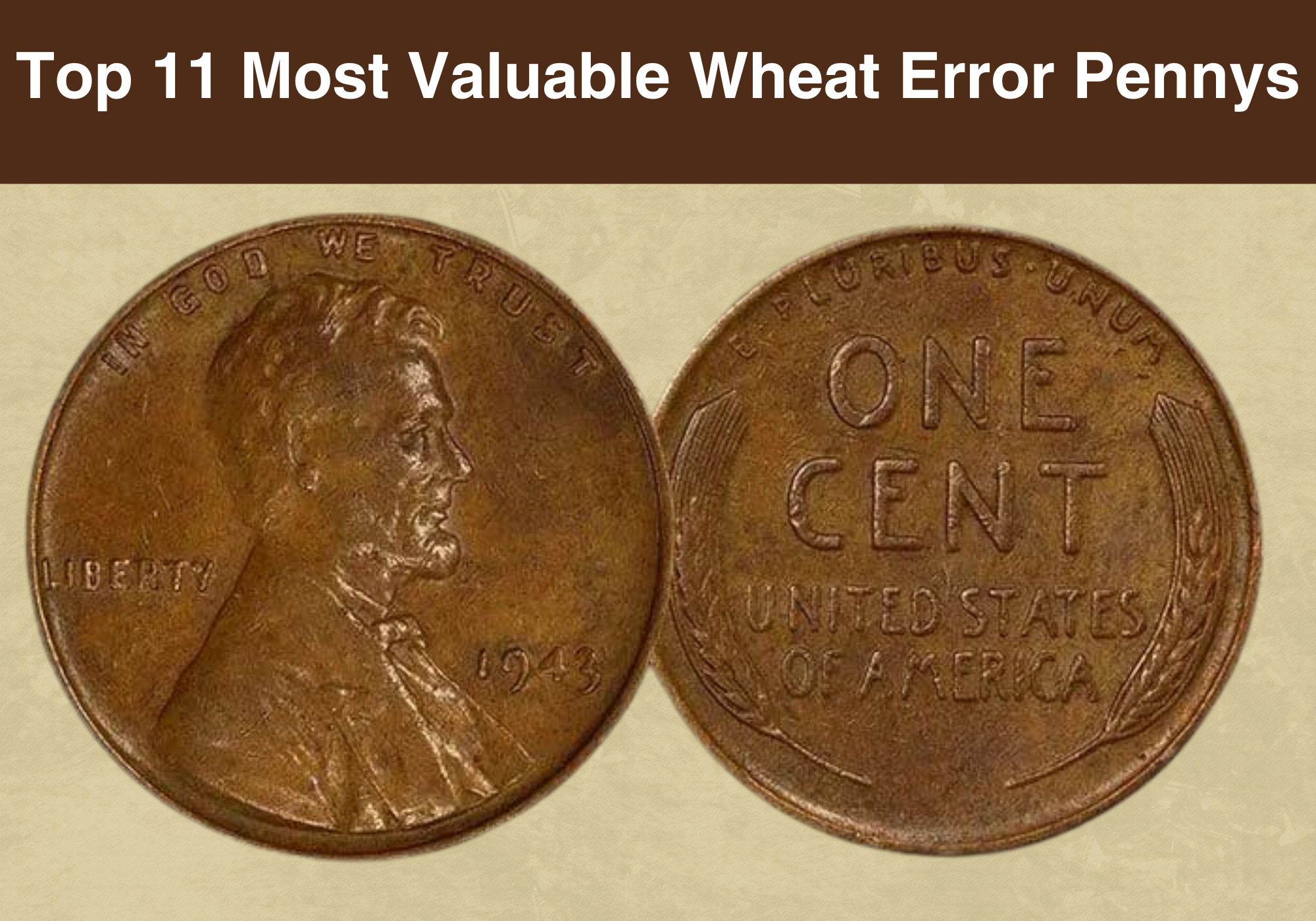
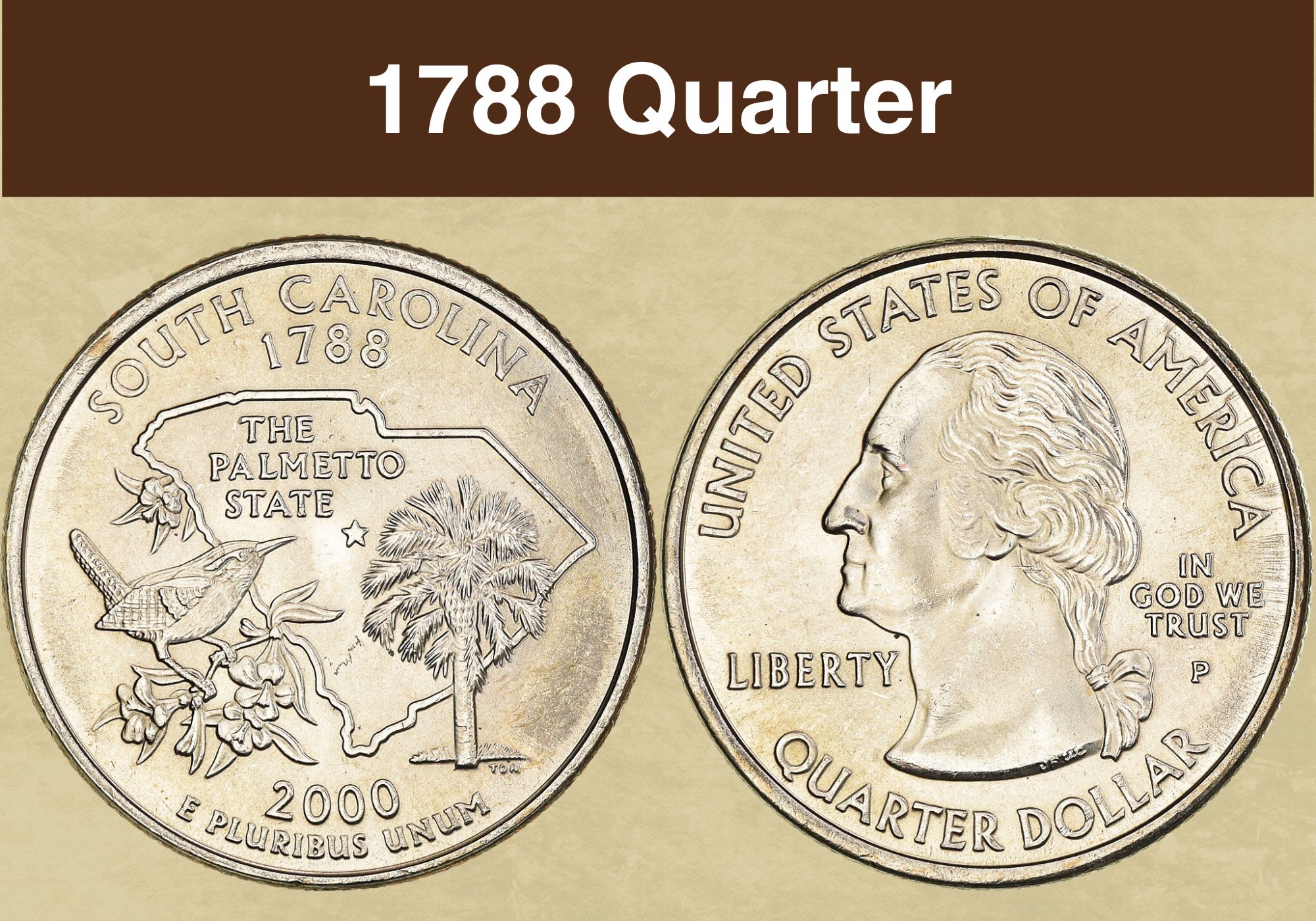
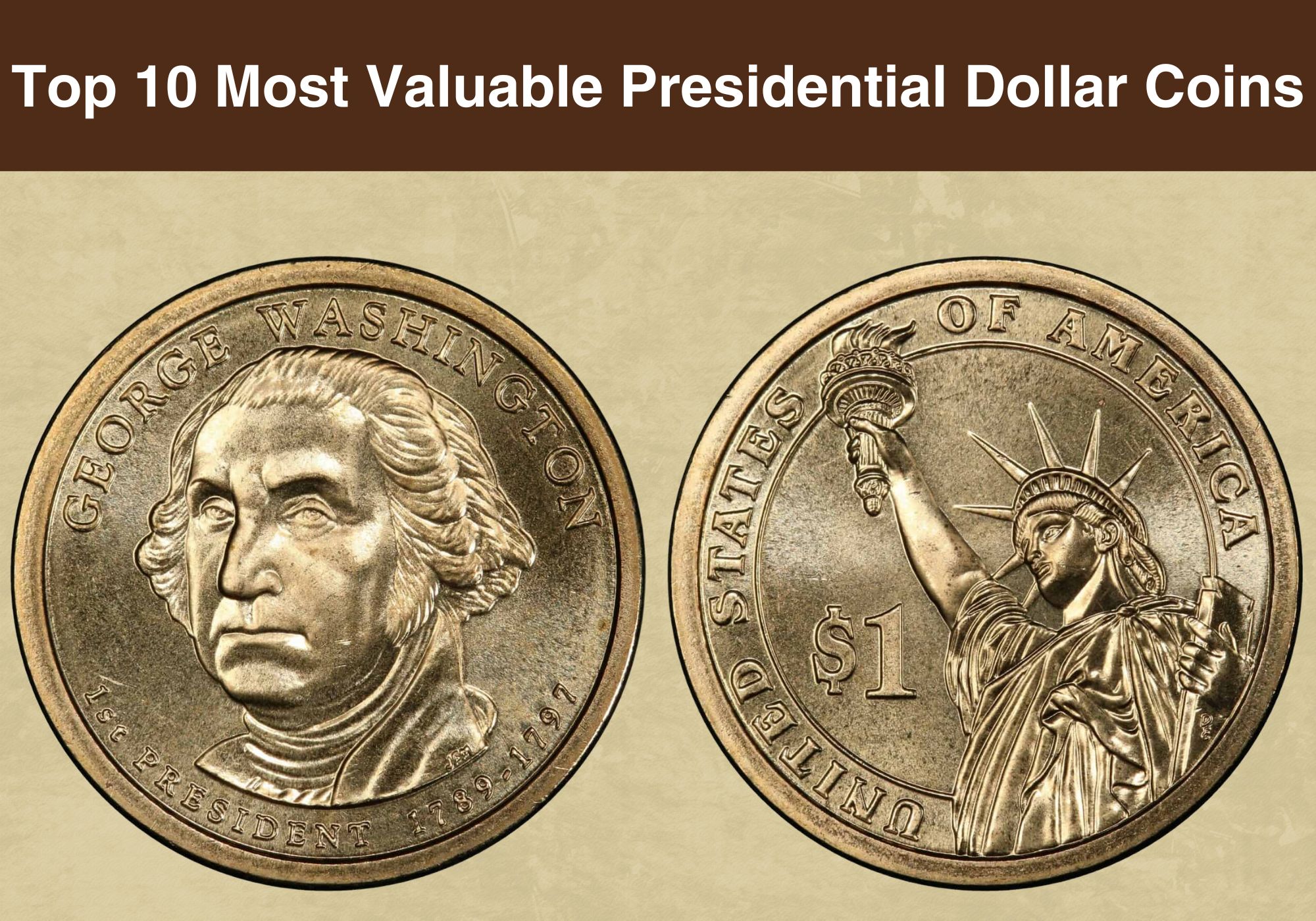
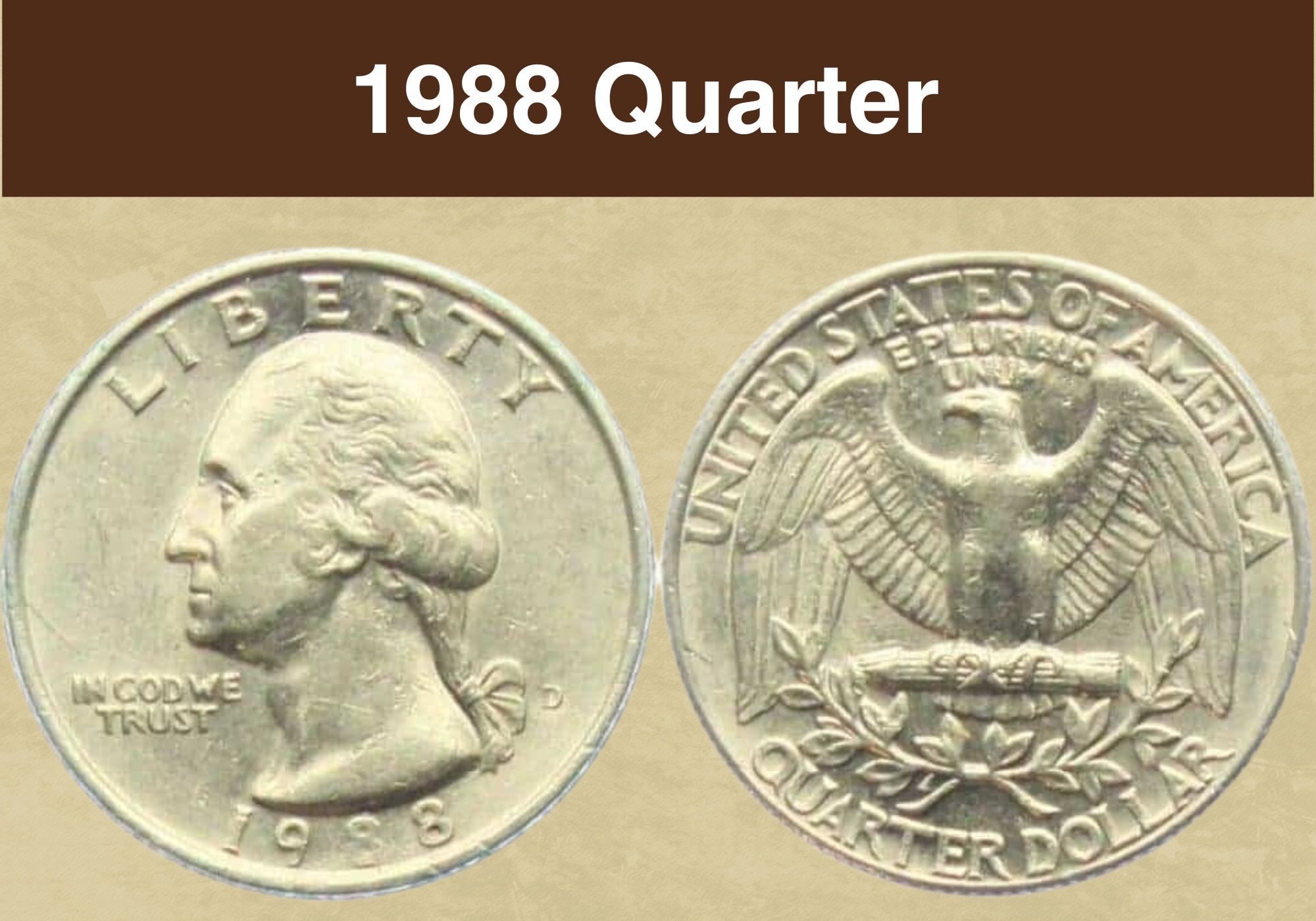
I have a 1980d Washington quarter struck on a half dollar of some kind I can see the date on the front and then on the back I can see the shield in the eagles chest on my Washington quarter can you please help me
Quarter that has been hit twice.flatten on one side making it misshaped
I have a 1990-p DDO error Washington Quarter that I’m wanting to know the value of and wanting to sell! It’s the only one I’ve seen like it anywhere online where the entire Washington portrait/face is doubled and even doubling in the “in God we trust”!! Wish I could post a picture with this comment!! Need some advice!!
I have got a quarter that has no year on the head side anyone know if it is worth anything the other side is a new jersey 1787
That’s one of the state quarters. None of them have year on front. All years are on back at bottom.
I have a 2017 quarter that has a double face on the back. Where can I take this to see if it is worth anything??
I have a 2019 Lowell “P”” Quarter with a raised ring or lip through the writing around George Washington’s whole body. Has anyone else found any like that?
2002 coin
I have a 1973 quarter that has no space between edge and 1973, and no space between edge and Quarter dollar on back.
It appears to not be as big as all other quarters and the ridges are intact so it isn’t shaved on edge.
LMK ASAP about this
I have 47 lb of coins from 1888 to 1953 and beyond including 35 1776-1976 Bicentennial quarters, they all are for sell, if you are interested let me know.
I have not graded any of my coins because of very bad experience with one of those coin graders company, my coin was switched.
Please can you help me how sell my coins.thank you.i will send you all the pictures
I have a 2011 Kentucky quarter that has a “P” on the back side of coin it’s just under the horse mouth ? I have seen or heard of one like it please help me with price please & thank u